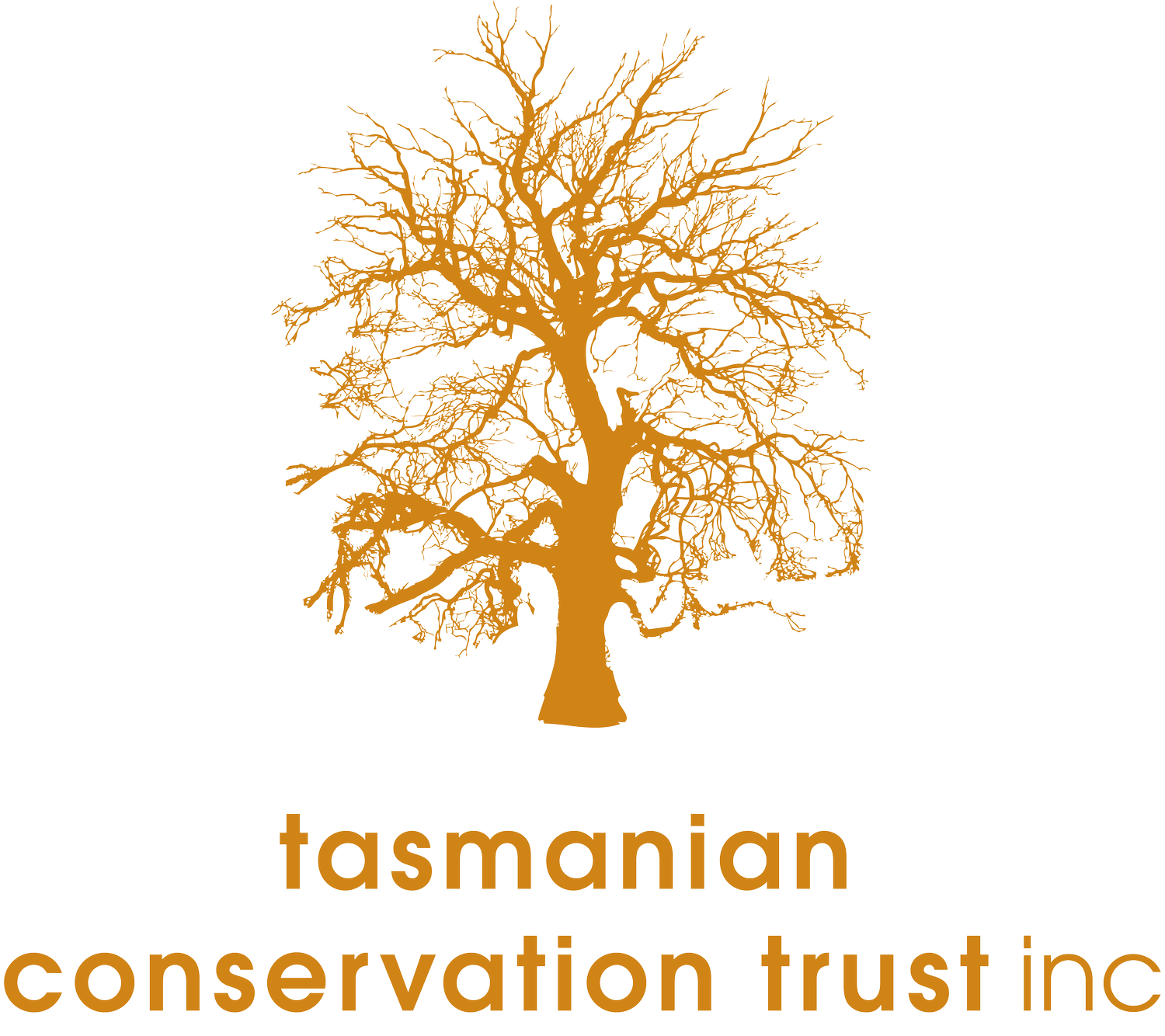On 26 June 2009 Tasmanian Lowland Native Grasslands were listed by the Minister for the Environment, Heritage and the Arts, Peter Garrett, on the schedules of the Environment Protection and Biodiversity Conservation Act (EPBC Act) as a critically endangered ecological community. This was a truly historic decision by Minister Garrett and we cannot overstate its importance for biodiversity conservation in Tasmania.
Public Access at Preminghana (Mount Cameron West)
The issue of public access at preminghana always generates a high level of public debate. So, is it purely an argument of the right to drive vehicles onto a beach? No. The debate is about the right of a landowner to determine what is important and needs protection on the land and who may enter their land. The Tasmanian Aboriginal community is a landowner and must have the right to make decisions about what happens on the land it owns the same as any other land owner, Aboriginal or not.
New Approach to Arthur-Pieman Reserve Management
The Tasmanian Conservation Trust was involved with preparation of the Arthur-Pieman Conservation Area Management Plan in 2002 and has participated since in attempts to improve management of the area. Frustration over a lack of progress in management of the area, even though most stakeholders have identified much common ground, culminated recently in the preparation and public release of a report by the North-West Environment Centre. The report points the finger firmly at the Parks and Wildlife Service as being responsible for holding up this process and makes some telling recommendations on how the Service needs to change the way it works with community groups.
Wildlife Campaigner - Jon Delaine
As a new face to Tasmania I am excited about heading up the TCT Wildlife Campaign and working towards improved native wildlife management and standards across the state. Although I am new to Tasmania, I am not new to wildlife policy and management, having worked for a number of government and private organisations including zoos, conservation groups and government wildlife agencies.
TCT re-establishes Tasmanian Weed Alert Network
Weed stakeholders will be familiar with me as previous project manager for the Southern Tasmanian Weed Strategy and author of the gorse and athel pine national best practice management manuals. I have now settled in to life at the TCT and have begun planning and delivering the new Weed Alert Network project.
40 Year Anniversary
The TCT’s 40th anniversary retrospective exhibition went on display at the Launceston Environment Centre last month. The exhibition was launched in Hobart last September (see The Tasmanian Conservationist, September 2008) and is a pictorial history featuring some of the major campaigns undertaken by the TCT since its inception in 1967. The driving force behind the Launceston display and Master of Ceremonies on the night was TCT Councillor Neville Gray, who said it was essential to involve TCT members throughout the state. ‘It is important that members are able to see and appreciate the diversity of the work undertaken by the Trust if we are to retain and grow our membership’, he added.
Fisheries Update - June 2009
Bay of Fires National Park proposal
Like most observers of the State Government, the TCT was completely surprised by Premier David Bartlett’s statement in the State of the State Address on 3 March, ‘I am pleased to announce today the intention of this Government to establish the Bay of Fires National Park’. From what we can gather this was the Premier’s idea alone and even the Department of Primary Industries and Water and its minister David Llewellyn (who has responsibility for reserve declarations), had no role. The script of the Premier’s address makes it clear that the national park proposal was inspired by the Lonely Planet Guide’s acknowledgement of the Bay of Fires as its must-see destination of 2009. It appears the Premier wants to take advantage of the benefit national park status brings for promoting the area as a tourist attraction, but failed to consider any other issues.


